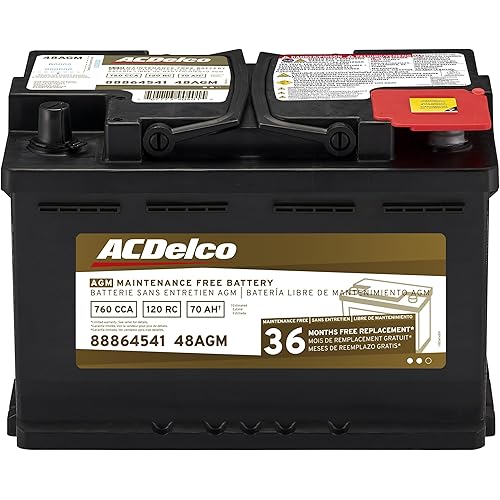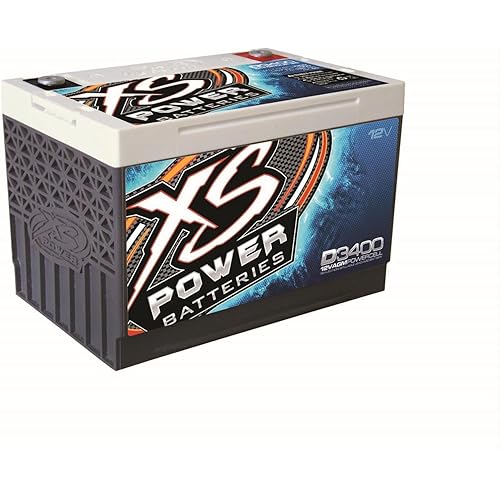Litime 12V 200Ah LiFePO4 Lithium Battery with 2560Wh Energy Max. 1280W Load Power Built-in 100A BMS,10 Years Lifetime 4000+ Cycles, Perfect for RV Solar Energy Storage Marine Trolling Motor









Notify me when this product is back in stock
Buy Now, Pay Later
- – Up to 36-month term if approved
- – No impact on credit
- – Instant approval decision
- – Secure and straightforward checkout
Payment plans are offered through our trusted finance partners Klarna, Affirm, Afterpay, Apple Pay, and PayTomorrow. No-credit-needed leasing options through Acima may also be available at checkout.
Learn more about financing & leasing here.
Selected Option
Non-returnable. Transportation of this item is subject to hazardous materials regulation
View our full returns policy here.
Style: 12V 200Ah
Features
- Automotive Grade Lithium Battery: LiTime 12V 200Ah lithium battery have exceptional quality since they are manufactured by Automotive Grade LiFePO4 Cells with higher energy density, more stable performance & greater power. Highest-level safety based on UL Testing Certificate for the cell inside the battery. This makes LiTime lithium batteries perfect for solar home, RV, campers, motor homes, off grid office and off grid bunk house.
- 10 Years Lifetime: LiTime 12V200Ah LiFePO4 battery provides 4000~15000 cycles ( 4000 Time Cycles at 100% DOD, 6000 Time Cycles at 80% DOD, 15000 Time Cycles at 60% DOD ), which is more than 10 times to Lead Acid with 200~500 cycles. LiTime LiFePO4 battery has a 10-year service life, three times longer than the Lead Acids 3-year lifetime.
- 1/3* Lightweight: LiTime 12V200Ah LiFePO4 Battery weighs only 45.85 lbs for one module, only 1/3* the weight of lead acid batteries, which makes it an easy choice for RVs, Marine and Off-Grid Applications when mounting or mobility is in the consideration.
- 95%* Efficiency: LiTime 12V200Ah LiFePO4 batterys flat discharge curve holds above 12.8V for up to 95%* of its capacity usage, providing astronomical boosts in run-time compared with only 50% in Lead Acid. This product is your best choice for outdoor camping power and indoor easy installation.
- 100% Protection: LiTime 12V200Ah LiFePO4 battery has built-in BMS (Battery Management System) to protect it from overcharge, over-discharge, over-current, and short circuit with excellent self-discharge rate. Built-in high-temp cut off prevents charging over 167 F (75 C). Without memory effect, no matter what state the battery is, it can be used as soon as it is charged. LiTime LiFePO4 battery is IP65 level waterproof, which set you free from worrying to install indoors or outdoors.
- Note: The LiTime LiFePO4 battery is intended for use as an energy storage purpose, Please do not use this battery as starting batteries, golf cart batteries, or jacks. We do not suggest using it to start any device! We provide professional technical support and online customer service with fast feedback within 24 hours. If you have any product related issues or questions, please contact us directly, Li Time support team is always here for you.
Number of Batteries: 1 12V batteries required. (included)
Brand: Litime
Battery Cell Composition: Lithium Ion
Battery Capacity: 200 Amp Hours
Recommended Uses For Product: Solar Energy Storage,Trolling Motors
Manufacturer: Litime
Brand: Litime
Model: 12V200Ah
Item Weight: 45.8 pounds
Product Dimensions: 21 x 8.2 x 8.5 inches
Item model number: 12V200Ah
Batteries: 1 12V batteries required. (included)
Manufacturer Part Number: 12-100
Amperage: 100 Amps
Voltage: 12.8 Volts
Date First Available: April 13, 2020
Frequently asked questions
Non-returnable. Transportation of this item is subject to hazardous materials regulation
View our full returns policy here.
- Klarna Financing
- Affirm Pay in 4
- Affirm Financing
- Afterpay Financing
- PayTomorrow Financing
- Financing through Apple Pay
Learn more about financing & leasing here.
Similar Products
Top Amazon Reviews
























